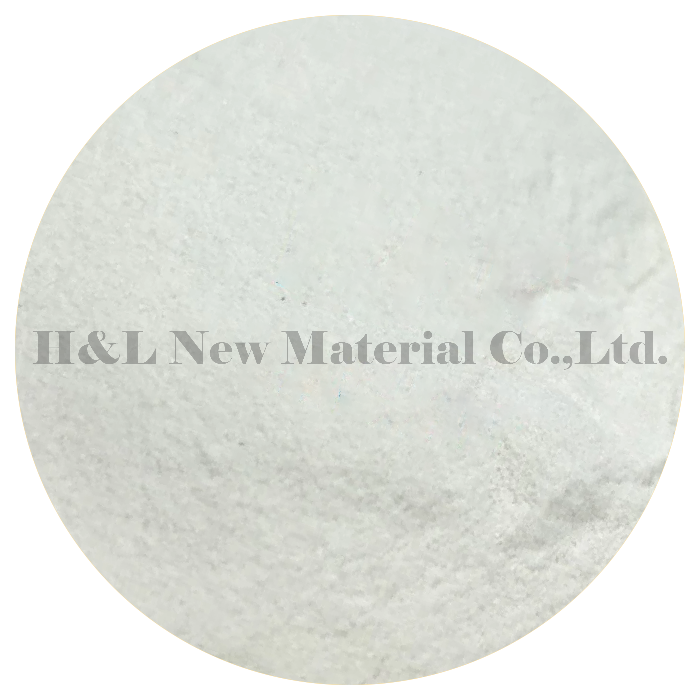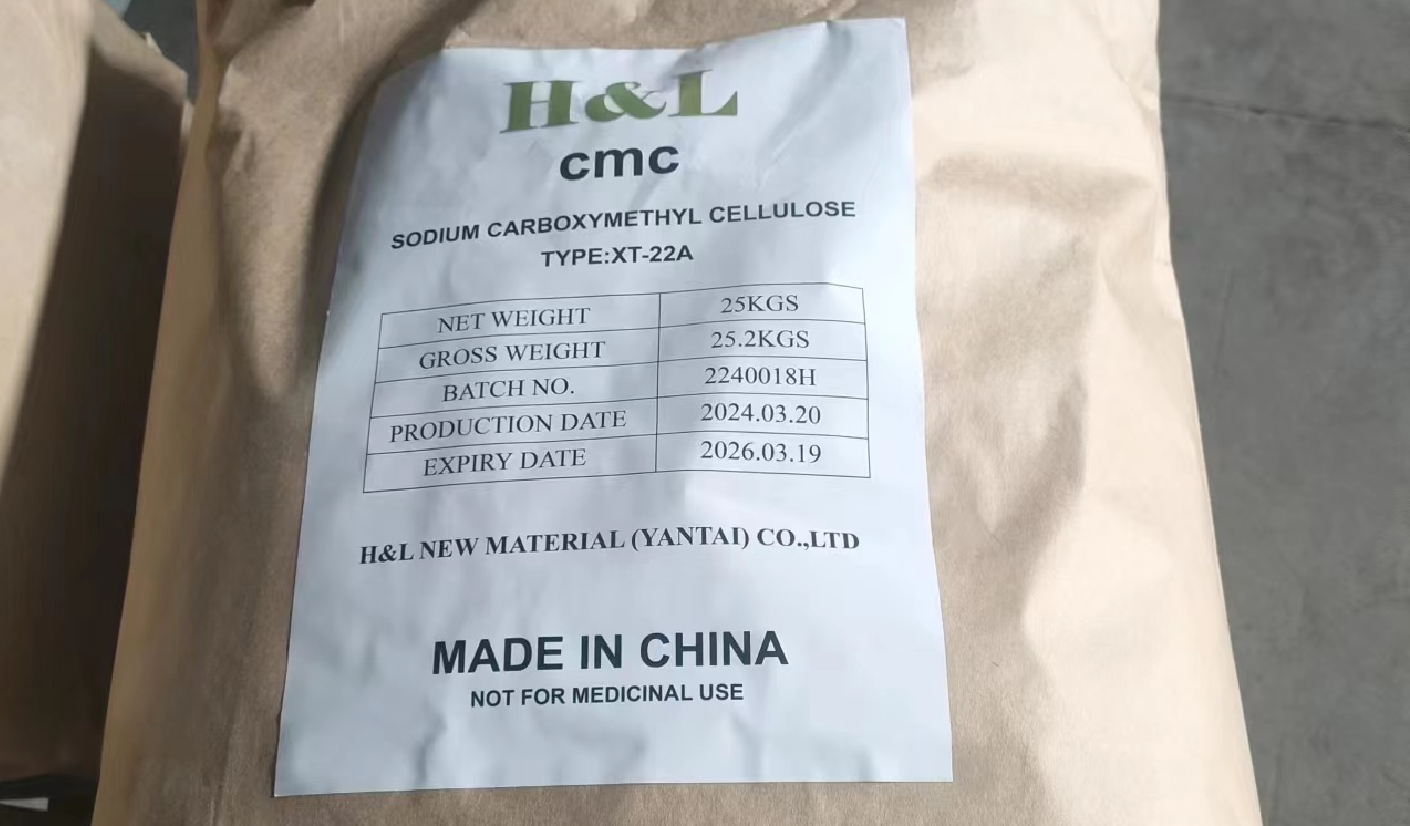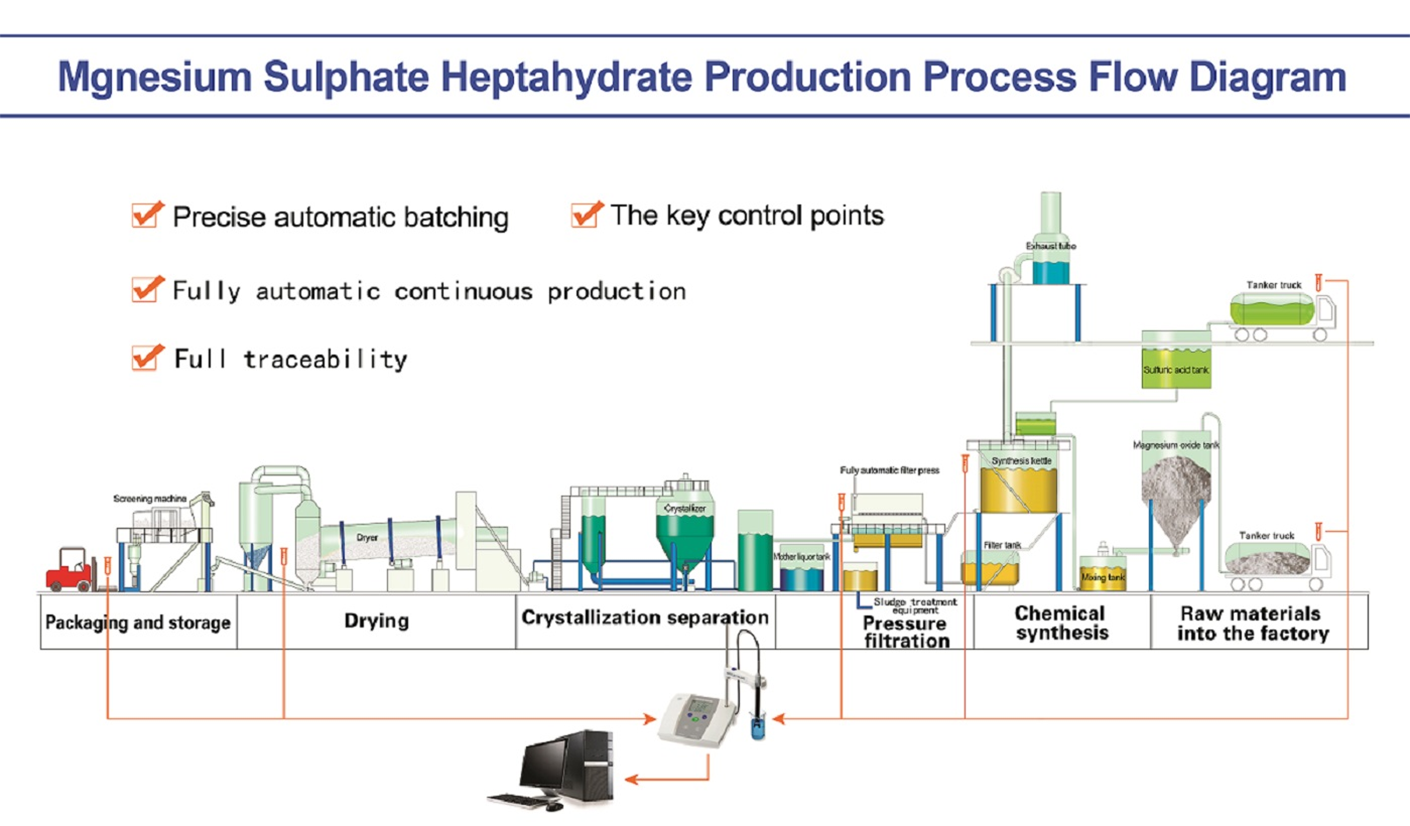Polyanionic Cellulose (PAC) is a modified cellulose derivative commonly used in various industries due to its unique properties. Here are some of the primary applications and benefits of PAC:
### 1. **Oil and Gas Industry**
- **Drilling Fluids**: PAC is widely used as a viscosity modifier and fluid loss agent in water-based drilling muds. It helps maintain the viscosity of the fluid, reduces fluid loss to the formation, and stabilizes the wellbore.
- **Completion Fluids**: In oil well completion, PAC is used to control fluid loss and improve the performance of completion fluids.
### 2. **Construction**
- **Cement and Mortar**: PAC is added to cement and mortar formulations to improve workability, water retention, and adhesion. It helps to enhance the performance of construction materials.
- **Thickening Agent**: In formulations for plasters, paints, and coatings, PAC acts as a thickening agent, improving texture and application properties.
### 3. **Pharmaceuticals**
- **Drug Formulations**: PAC is used as an excipient in pharmaceutical formulations. Its ability to modify viscosity and enhance drug solubility makes it useful in suspensions and gels.
### 4. **Cosmetics and Personal Care**
- **Thickening Agent**: PAC is used in various cosmetic formulations to enhance viscosity and stability. It is found in lotions, creams, and other personal care products.
### 5. **Food Industry**
- **Food Additive**: PAC can be used as a thickening agent and stabilizer in food products. It helps maintain the desired texture and consistency in various food applications.
### 6. **Textile Industry**
- **Dyeing and Finishing**: PAC is used in textile processing as a thickening agent for dyes and finishing agents, improving the uniformity of application and color retention.
### 7. **Paper Industry**
- **Papermaking**: In the paper industry, PAC is used as a retention aid and to improve the wet strength of paper products.
### Benefits of Using PAC
- **Non-Toxic**: PAC is generally recognized as safe (GRAS) and non-toxic, making it suitable for food and pharmaceutical applications.
- **Versatility**: Its ability to modify viscosity and stabilize emulsions makes it versatile across multiple industries.
- **Effective Fluid Loss Control**: In drilling applications, it effectively reduces fluid loss, helping to maintain wellbore stability.
Overall, PAC is a valuable additive that enhances performance in various applications, contributing to improved product quality and functionality.


 Guarantee safe
Guarantee safe 





